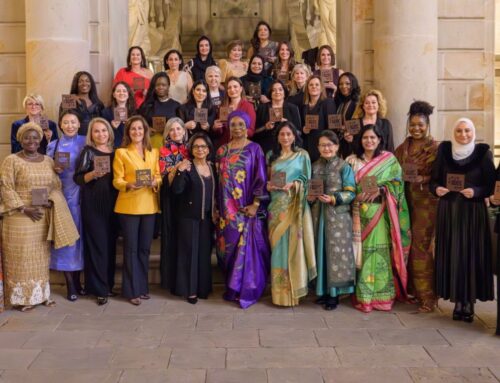Harvard Business Review
by
There is an enormous gender gap in venture capital funding in the United States. Female entrepreneurs receive only about 2% of all venture funding, despite owning 38% of the businesses in the country. The prevailing hope among academics, policy makers, and practitioners alike has been that this gap will narrow as more women become venture capitalists. However, homophily does not seem to be the only culprit behind the funding gap. Over the past several years, the U.S. has seen an increase in the number of female venture capitalists (from 3% of all VCs in 2014 to an estimated 7% today), but the funding gap has only widened.
Research my colleagues and I conducted offers new evidence as to why female entrepreneurs continue to receive less funding than their male counterparts. We observed Q&A interactions between 140 prominent venture capitalists (40% of them female) and 189 entrepreneurs (12% female) that took place at TechCrunch Disrupt New York, an annual startup funding competition. Our study then tracked all funding rounds for the startups that launched at the competition. These startups were comparable in terms of quality and capital needs, yet their total amounts of funding raised over time differed significantly: Male-led startups in our sample raised five times more funding than female-led ones.
When we analyzed video transcriptions of the Q&A sessions (with a linguistic software program and manual coding), we learned that venture capitalists posed different types of questions to male and female entrepreneurs: They tended to ask men questions about the potential for gains and women about the potential for losses. We found evidence of this bias with both male and female VCs.
According to the psychological theory of regulatory focus, investors adopted what’s called a promotion orientation when quizzing male entrepreneurs, which means they focused on hopes, achievements, advancement, and ideals. Conversely, when questioning female entrepreneurs they embraced a prevention orientation, which is concerned with safety, responsibility, security, and vigilance. We found that 67% of the questions posed to male entrepreneurs were promotion-oriented, while 66% of those posed to female entrepreneurs were prevention-oriented.



